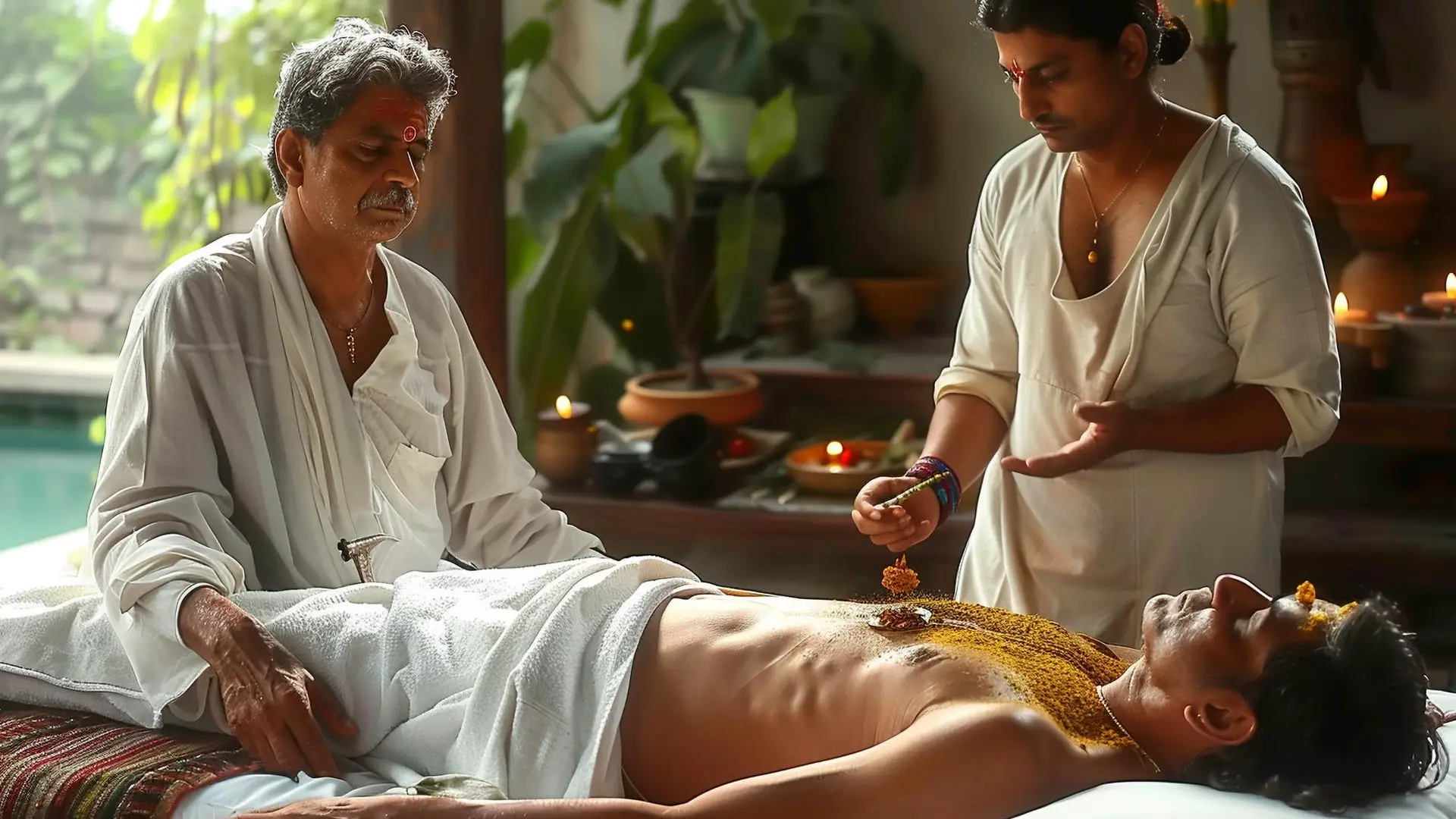
Home > Blog > Studying Ayurveda > How to become an Ayurvedic Practitioner?
How to become an Ayurvedic Practitioner?
The practice of Ayurveda has been increasingly expanding across the United States and Canada. Professional aspirants ordinarily are expected to complete a formal training and certification program.
In the United States, the Ayurvedic Accreditation Commission (AAC) is a programmatic accrediting agency. As such, it serves to ensure the high quality of Ayurvedic medicine education in the United States through the granting of accreditation to programs in Ayurvedic medicine that meet their high standards. There is a variety of programs for becoming an Ayurvedic Practitioner and routes to certification administered by a several academic institutions. Therefore, it is imperative that aspirants pursuing a formal education understand the different programs and validate whether the school is accredited or not.
Professional education programs for Ayurvedic Practitioners vary in length and may be of one-, two- or three-year duration and may take on a variety of instructional formats: they may be delivered on demand (which must be supplemented with practical clinical training), or they may involve classroom instruction delivered either by classroom attendance or by webcast lectures. These are all augmented by practical experiential, with students attending to actual clients under practitioner supervision. Most programs are offered in the form of intensive weekend lectures offered on a monthly basis, with extensive study required between classes.
Ayurveda Practitioners use ancient Indian techniques to promote wellness and maintain or restore health by keeping the individual’s body, mind, and spirit in equilibrium with nature. They adopt holistic approaches to maintain and prolong healthy life, increase spiritual awareness, reduce stress, prevent diseases, and restore health when it is lacking. Ayurveda Practitioners help their clients utilize different approaches, such as practicing yoga, meditation, exercise, counseling for proper diet, healthy lifestyle or providing massage, herbal supplementation, specialized physio-mechanical therapies, and so on. Ayurveda Practitioners work in a hospital or rehabilitation center, home healthcare centers, or can open a private practice.
Aspiring practitioners study anatomy and physiology, nutrition, pathology, ayurvedic diagnostic techniques, detoxification methods and herbal medicine among much else. Usually, practitioners who have completed a one-year program of instruction are termed ayurvedic health consultants, or ayurvedic lifestyle and wellness counselors, while those who have completed two- and three-year programs of study are termed, respectively, ayurvedic practitioners and ayurvedic advanced practitioners.
As with any professional practice, it is always recommended to become a member of the associations that represent the Ayurvedic profession in the United States. The Association of Ayurvedic Professionals in North America (AAPNA), the American Association of Ayurvedic Practitioners (AAAP) and the National Ayurvedic Medical Association (NAMA) are the most notable.

